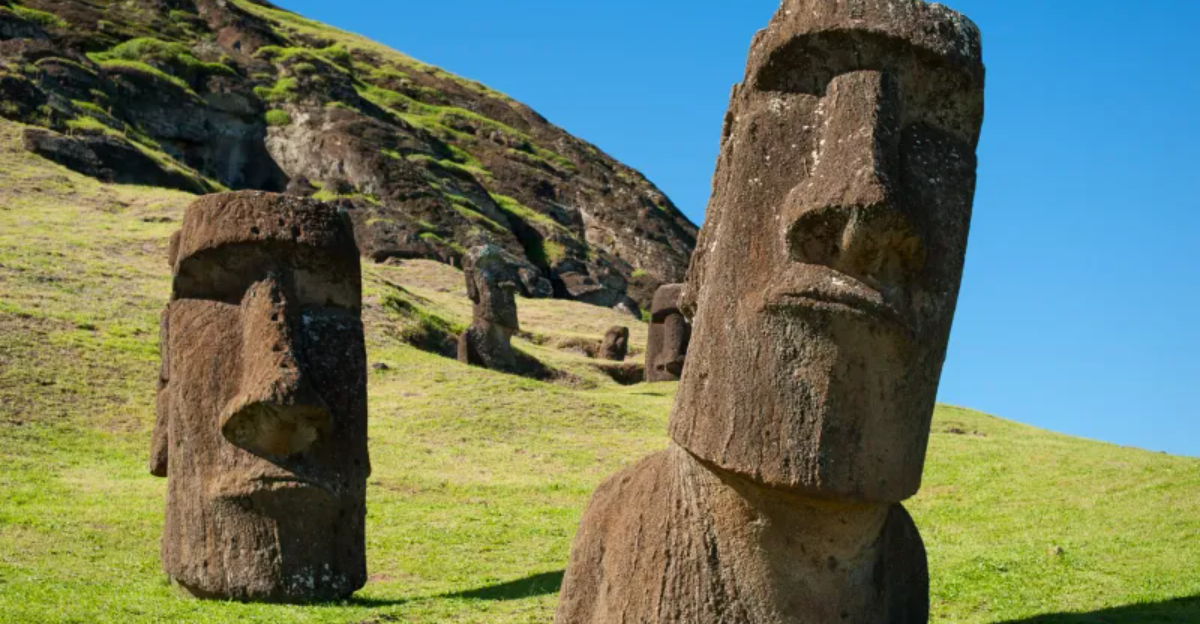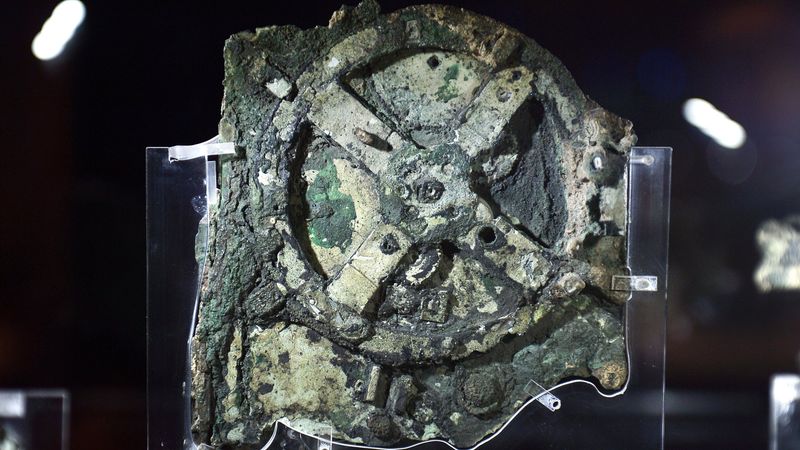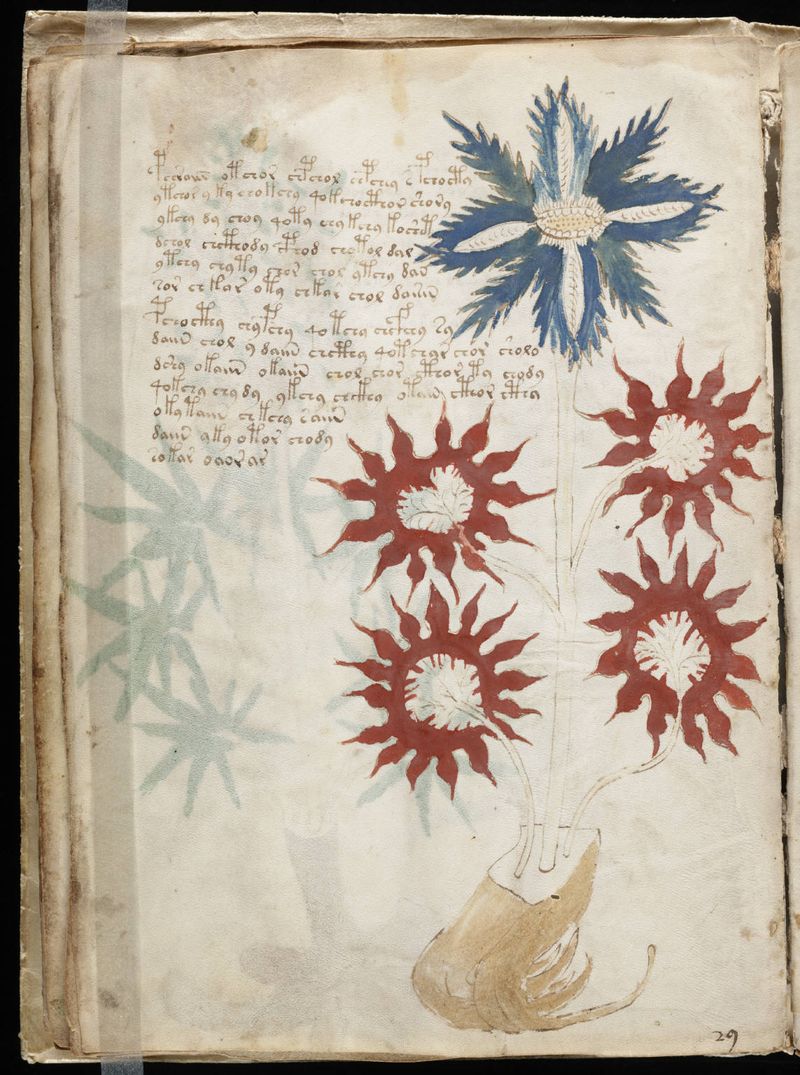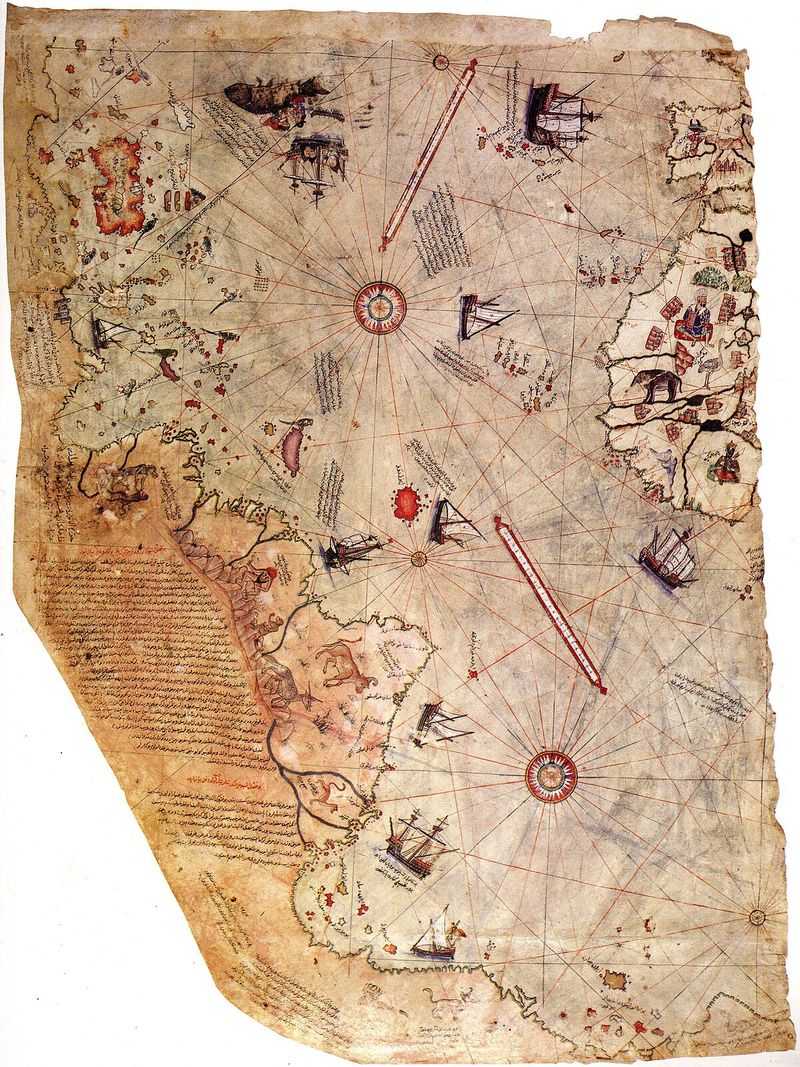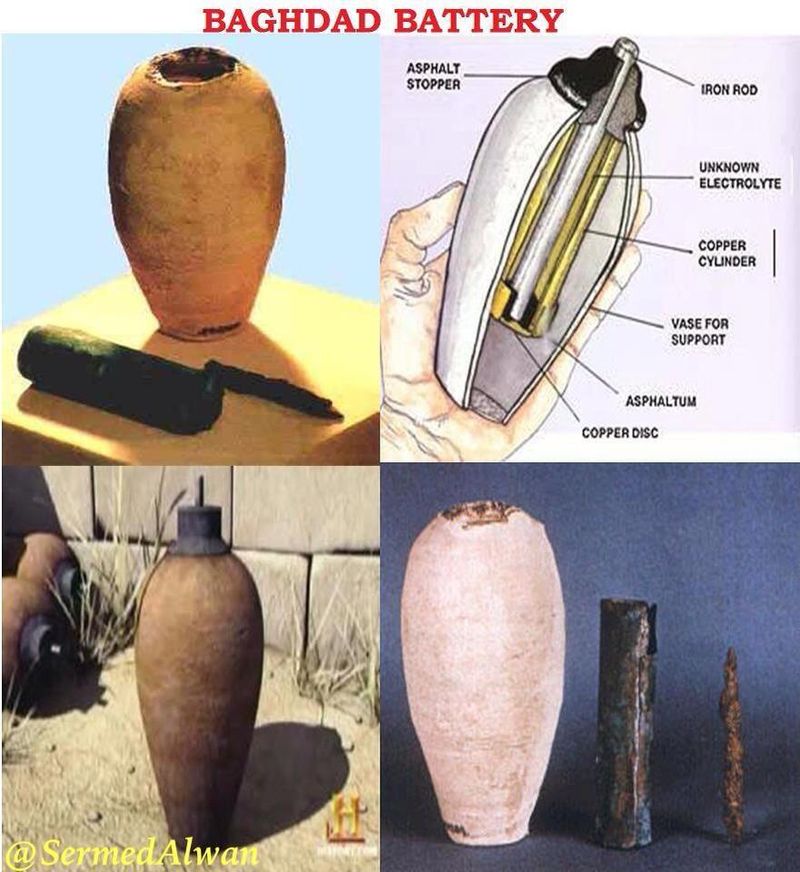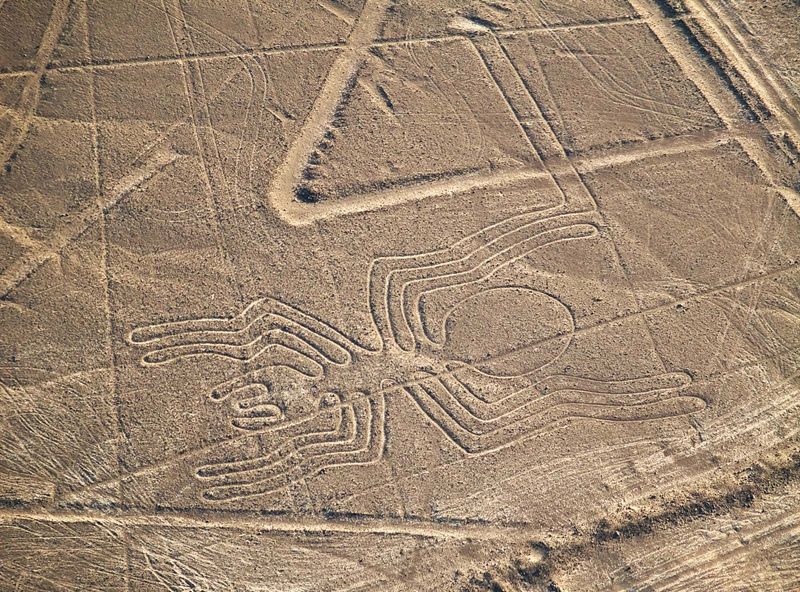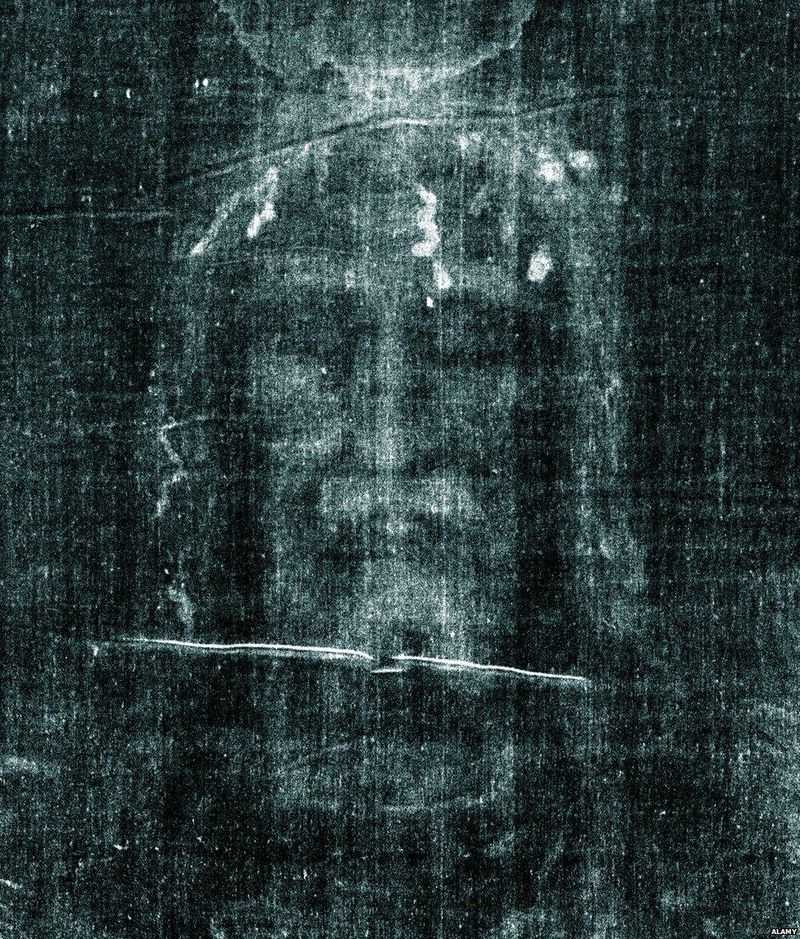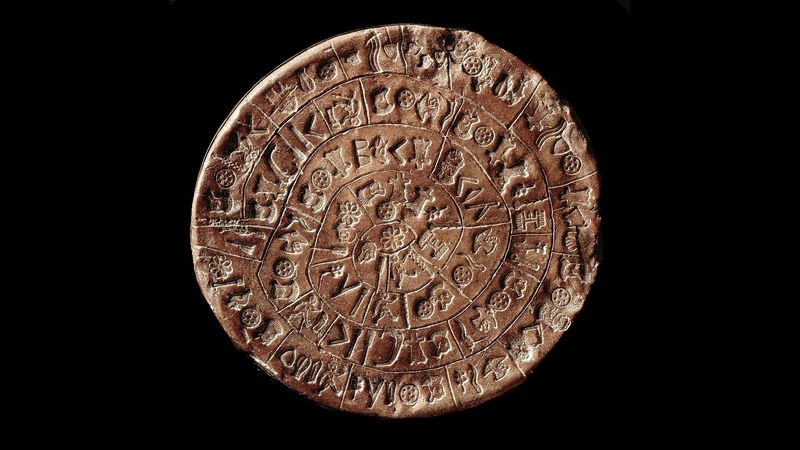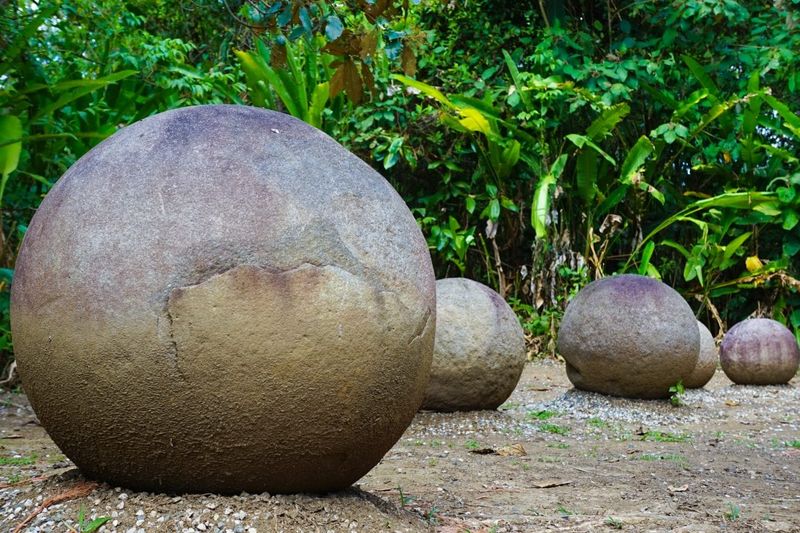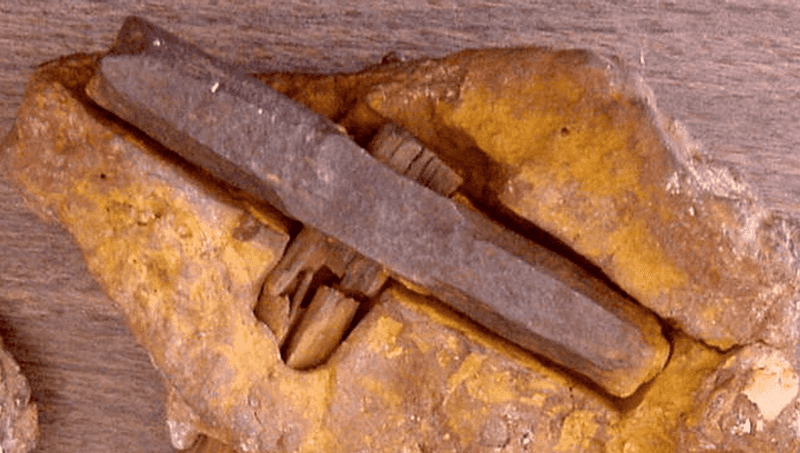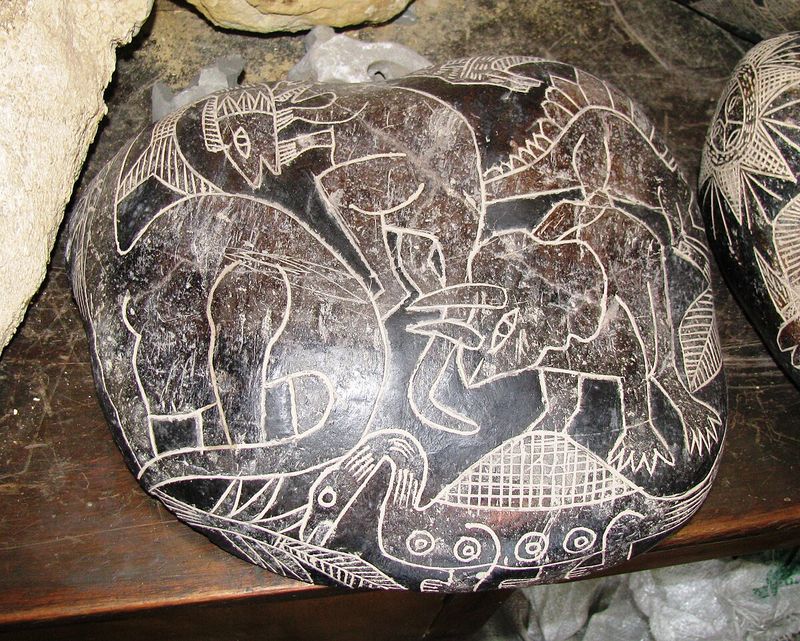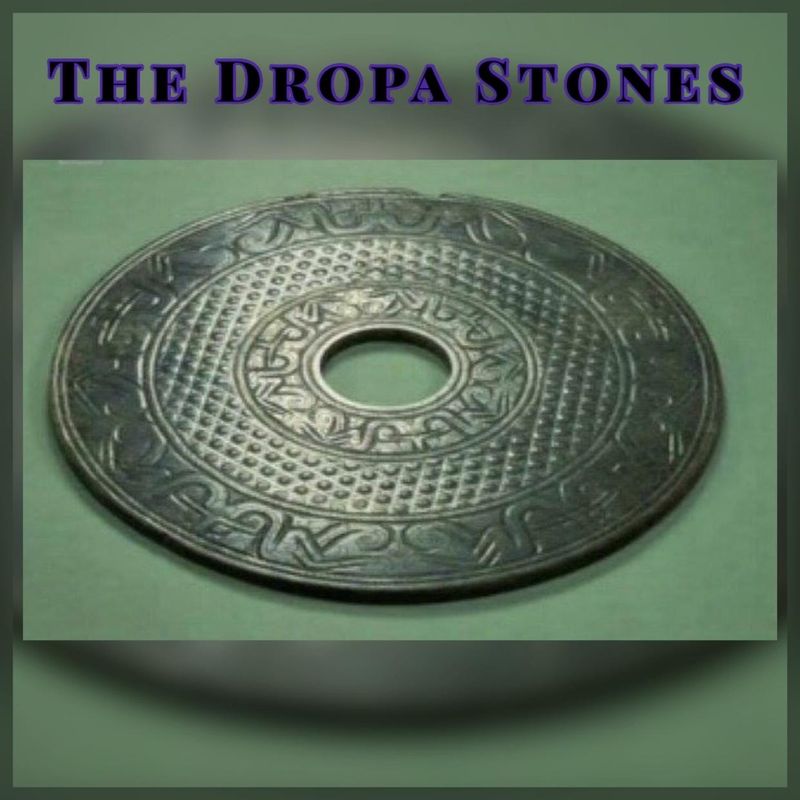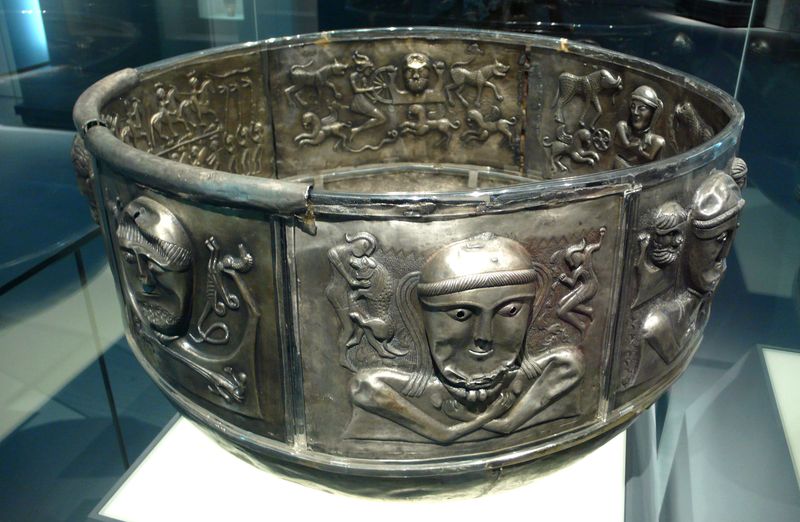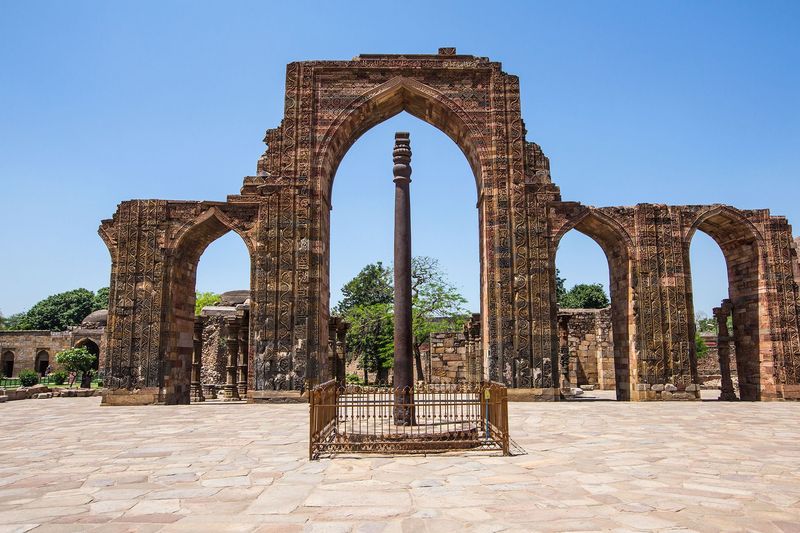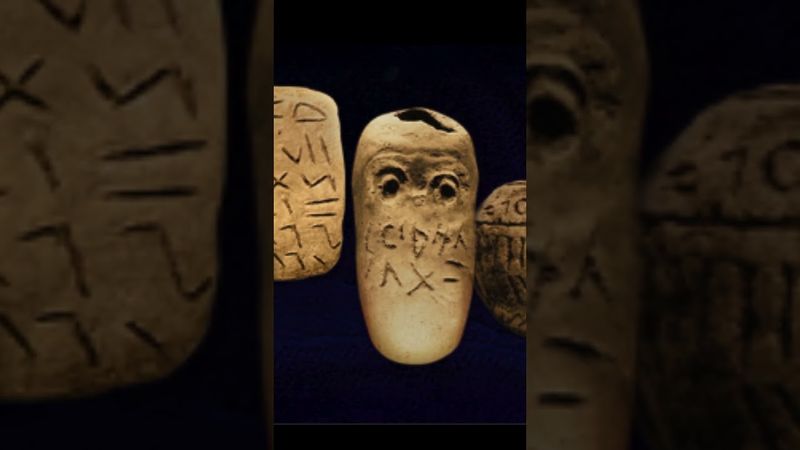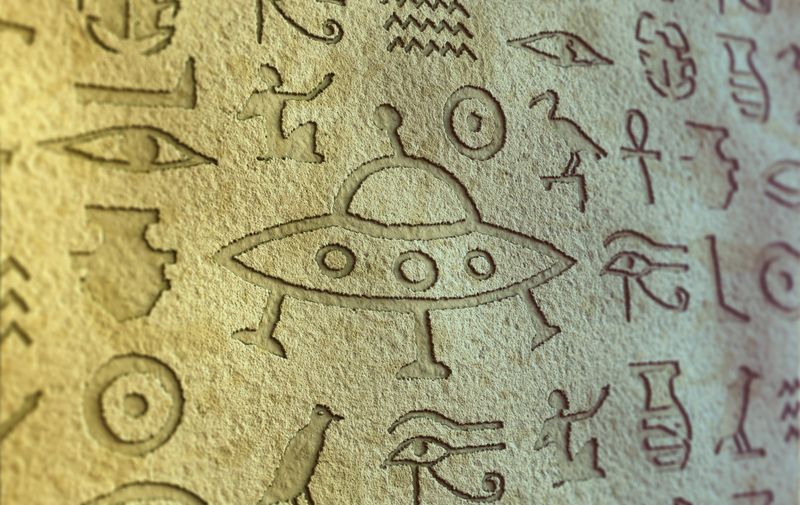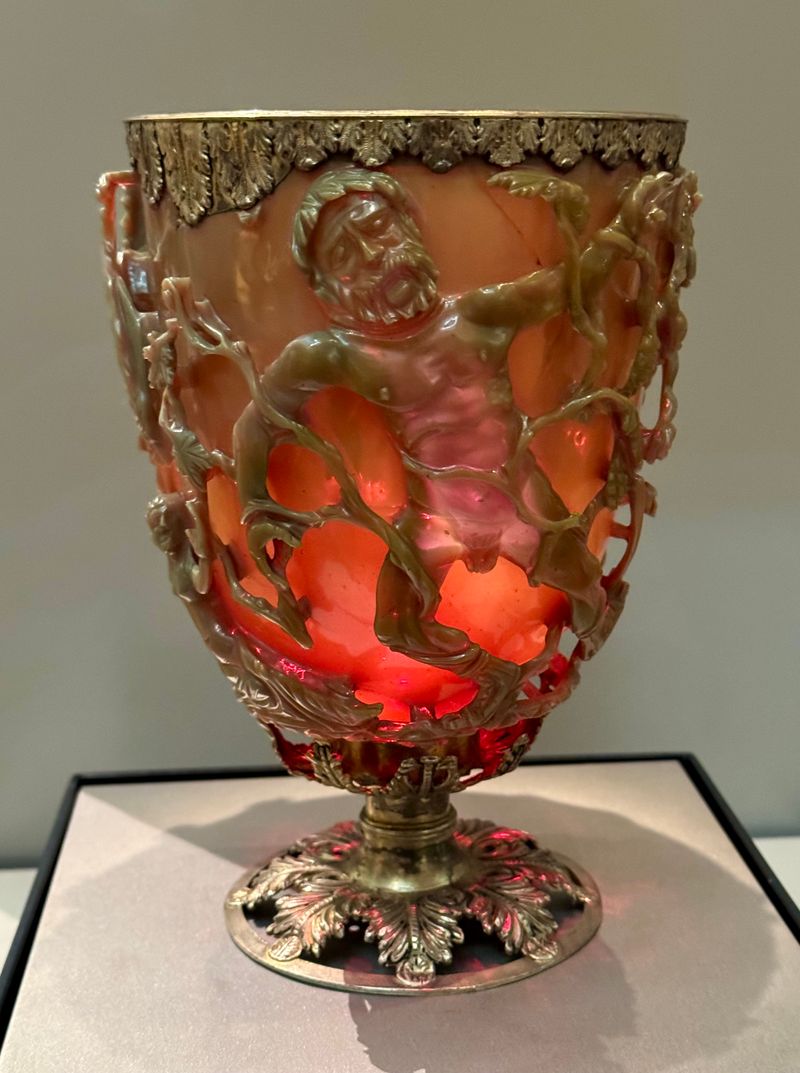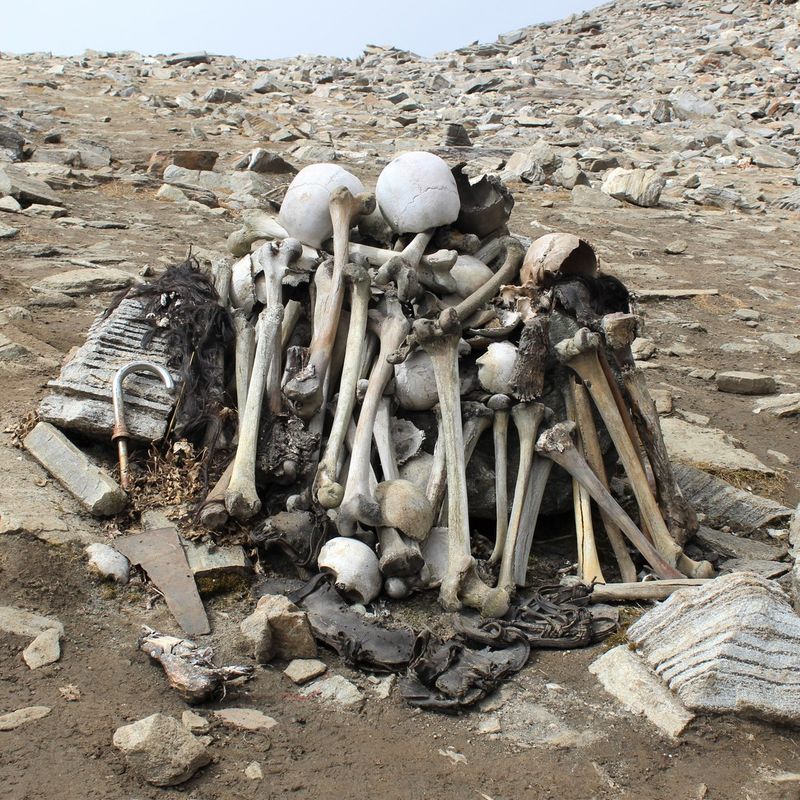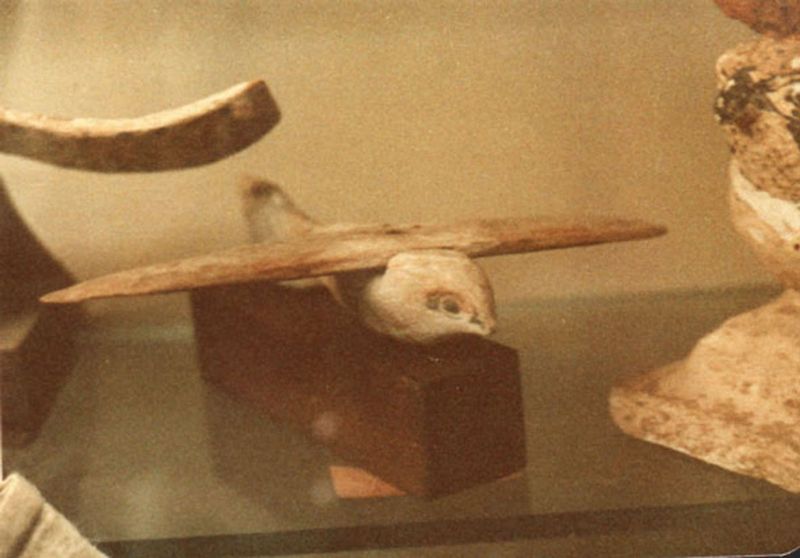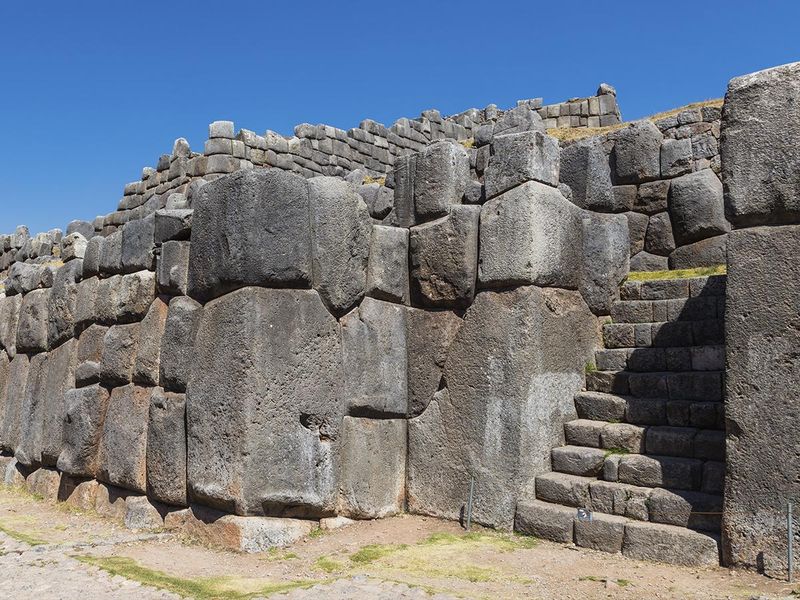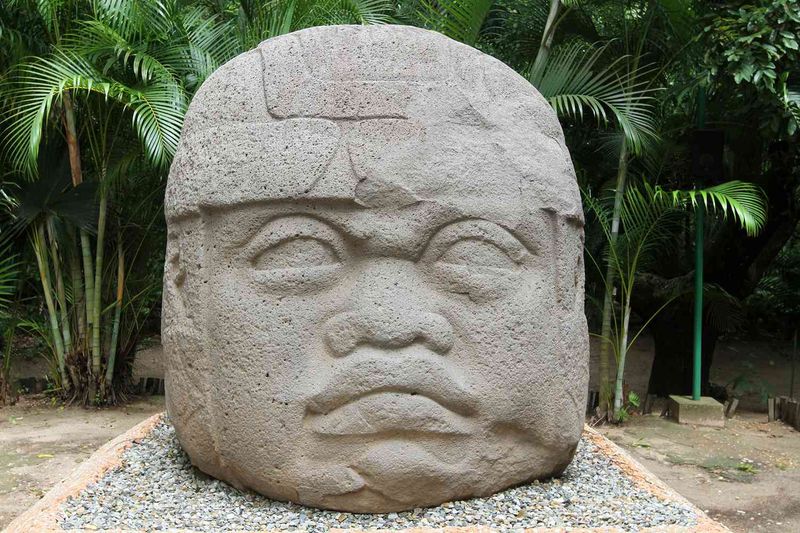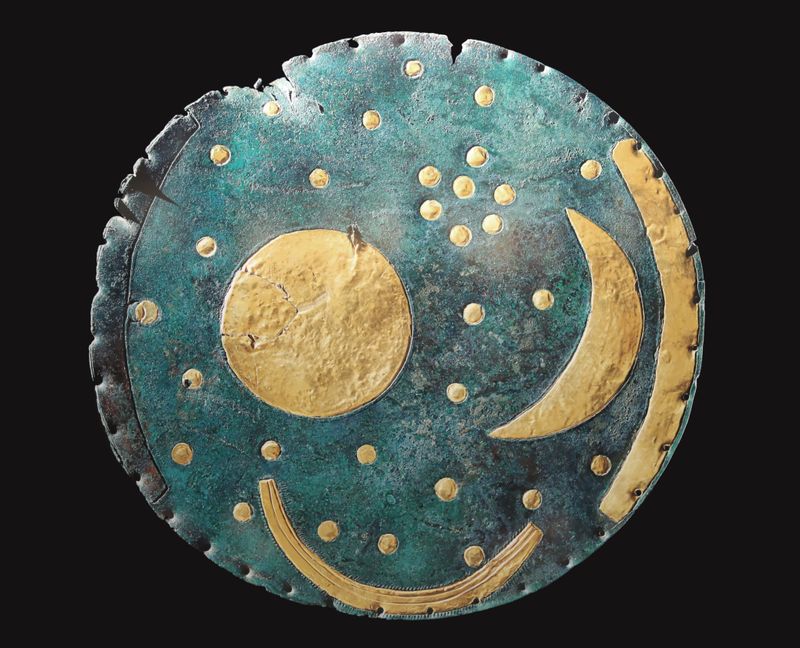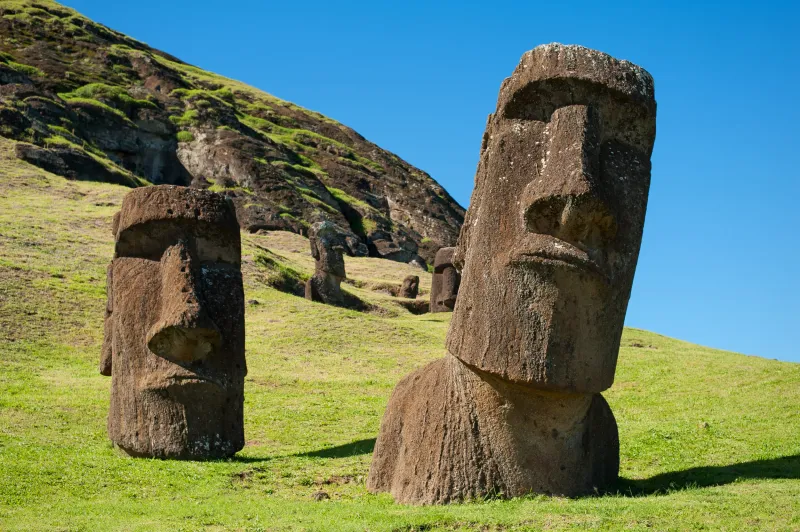History is a vast tapestry woven with countless mysteries and enigmas that continue to captivate our imagination. Among these are discoveries that defy conventional wisdom, challenging our understanding of ancient civilizations and their capabilities.
From ancient technology to unexplained artifacts, these findings offer tantalizing glimpses into the past, often raising more questions than answers.
In this exploration, we delve into 25 such bizarre discoveries that have left historians and researchers puzzled, inviting us to reconsider what we know about the annals of history. Join us as we unravel these fascinating stories of the past.
1. The Antikythera Mechanism
Discovered in a shipwreck off the coast of Greece, the Antikythera Mechanism is an ancient analog computer. Its intricate gears and dials suggest it was used to track astronomical cycles with astonishing precision.
This remarkable device dates back to around 100 BCE and showcases a level of technological sophistication that was thought impossible for that era.
Made of bronze, the mechanism’s complexity challenges our understanding of ancient Greek science and engineering.
Its exact purpose remains debated, but it is widely believed to have been an astronomical clock or calendar. This enigmatic artifact continues to intrigue and inspire.
2. The Voynich Manuscript
The Voynich Manuscript is a mysterious book filled with bizarre illustrations and an unknown script. Found in the early 20th century, it has puzzled cryptographers, historians, and linguists for decades.
Its pages are adorned with detailed drawings of unidentifiable plants, astronomical symbols, and figures. Despite extensive research, the manuscript’s language remains undeciphered.
Some believe it to be a coded document, while others suggest it might be an elaborate hoax. The manuscript’s origins and purpose are still subjects of speculation, adding to its allure as one of history’s most puzzling literary enigmas.
3. The Piri Reis Map
Crafted in 1513 by the Ottoman admiral Piri Reis, this map depicts parts of the New World long before they were officially “discovered” by Europeans.
Remarkably accurate, it includes detailed coastlines of South America and even a part of Antarctica, centuries before its exploration. The map’s origins and the sources of its information remain a mystery.
Scholars are baffled by how such precise geographical details were obtained. Some theorize it was based on ancient maps now lost to history. The Piri Reis Map continues to challenge our understanding of early cartography and exploration.
4. The Baghdad Battery
The Baghdad Battery refers to clay jars containing copper and iron rods, discovered near Baghdad. Dating back to the Parthian or Sassanid periods, these artifacts resemble primitive batteries.
Some researchers speculate they were used for electroplating or religious rituals. The jars’ construction and purpose remain subjects of debate, as no definitive evidence supports any particular theory.
If they were indeed used to generate electricity, it would significantly alter our understanding of ancient technology. The Baghdad Battery stands as a testament to the ingenuity and mystery of past civilizations, sparking imagination and debate.
5. The Nazca Lines
Etched into the arid plains of Peru, the Nazca Lines are a collection of enormous geoglyphs. Created by the Nazca culture between 500 BCE and 500 CE, these lines form complex patterns and figures, including animals and humans.
Their true purpose remains unknown, though theories range from astronomical calendars to religious rituals. The lines were made by removing red stones to reveal the lighter earth beneath, a method that has preserved them for centuries.
The Nazca Lines offer a glimpse into an ancient culture’s artistic and spiritual world, continuing to captivate archaeologists and tourists alike.
6. The Shroud of Turin
The Shroud of Turin is a linen cloth bearing the faint image of a man, believed by some to be Jesus Christ. Its origins and authenticity have been subjects of intense debate and research.
Carbon dating suggests it dates to the medieval period, but the image’s formation remains unexplained. Some propose it was created by chemical reactions, while others believe it to be a miraculous imprint.
The shroud’s history is marked by religious reverence and scientific scrutiny. Despite varying opinions, it remains a powerful symbol of faith and a captivating enigma in the study of religious artifacts.
7. The Crystal Skulls
Made from clear quartz, the crystal skulls are intricately carved and polished. Their origins and purpose remain a mystery, with some claiming they hold mystical powers or ancient wisdom.
These skulls surfaced in the 19th century and are often linked to Mesoamerican cultures. However, their authenticity is debated, as many are suspected to be modern creations.
Some believe they were used in religious or healing ceremonies, while others see them as mere curiosities. The crystal skulls continue to inspire tales of mystery and adventure, captivating both believers and skeptics with their enigmatic allure.
8. The Phaistos Disc
The Phaistos Disc was discovered in the ruins of the Minoan palace of Phaistos on Crete. Made of fired clay, this disc features a spiral of stamped symbols on both sides. Its purpose and the language it represents remain unknown.
Some theories suggest it could be a form of ancient record-keeping or a religious artifact. The symbols do not resemble any known writing system, adding to the disc’s mystery.
Efforts to decipher the Phaistos Disc have been unsuccessful, leaving it as a captivating puzzle that offers a glimpse into the enigmatic world of the Minoan civilization.
9. The Stone Spheres of Costa Rica
Scattered across the Diquís Delta in Costa Rica, these stone spheres vary in size, some reaching over two meters in diameter. Crafted by the indigenous people, their exact purpose is unknown.
Theories suggest they could have been used as markers for astronomical events or as symbols of status. Made of gabbro, limestone, and other materials, their creation required advanced techniques.
Despite their age, many spheres are still perfectly round. Their precise placement and alignment with other spheres add to the mystery. These enigmatic artifacts continue to intrigue archaeologists and visitors, reflecting the ingenuity of ancient cultures.
10. The London Hammer
The London Hammer, also known as the “creationist hammer,” was found in Texas encased in a nodule of rock. The rock dates back to the Cretaceous period, suggesting a perplexing anachronism.
The hammer itself is made of iron and wood, resembling modern tools. Some creationists claim it as evidence of advanced ancient technology or temporal anomalies. However, geologists argue the rock formed around the hammer in more recent times.
The London Hammer continues to fuel debates on human history and geology, standing as a curious artifact that challenges our understanding of time and technology.
11. The Bimini Road
The Bimini Road is an underwater formation of limestone blocks near the Bahamas, resembling a road or wall. Discovered in the 1960s, it sparked theories of being a remnant of the lost city of Atlantis.
The blocks are arranged in a pattern that suggests deliberate construction, yet natural explanations exist, such as beachrock formation.
Despite extensive research, its origins remain debated. The allure of the Bimini Road lies in its association with ancient legends and mysteries of the sea. It continues to attract explorers and enthusiasts eager to uncover the truth beneath its waters.
12. The Ica Stones
The Ica Stones are a collection of engraved stones from Peru, depicting dinosaurs, advanced technology, and human figures. Found in the mid-20th century, they sparked controversy over their authenticity.
Some believe they are evidence of prehistoric human-dinosaur interaction, while others dismiss them as modern creations. The engravings are highly detailed, showing scenes that defy conventional historical timelines.
Their origin and purpose remain unknown, fueling debates among archaeologists, historians, and skeptics. Whether genuine artifacts or elaborate hoaxes, the Ica Stones continue to captivate imaginations and challenge perceptions of human history.
13. The Dropa Stones
Allegedly discovered in a Chinese cave, the Dropa Stones are disc-shaped artifacts inscribed with unknown symbols. They are said to date back 12,000 years and linked to a lost civilization called the Dropa.
The stones’ legitimacy is hotly contested, with many considering them a hoax or misinterpretation. No physical evidence exists to support their existence, yet stories persist. The symbols remain undeciphered, adding to the mystery.
Despite skepticism, the Dropa Stones continue to intrigue those fascinated by ancient alien theories and lost civilizations, perpetuating their legend in the annals of unexplained phenomena.
14. The Gundestrup Cauldron
The Gundestrup Cauldron is a richly decorated silver vessel found in a peat bog in Denmark. Dating to between 150 BCE and 1 BCE, it features detailed reliefs depicting deities, animals, and ritual scenes.
Its craftsmanship suggests influences from Celtic, Thracian, and other ancient cultures. Despite its beauty, the cauldron’s origins and purpose remain unknown.
Some theories propose it was used in religious ceremonies, while others suggest it served as a symbol of power.
The cauldron’s enigmatic iconography continues to captivate historians and art enthusiasts, offering a window into the complex world of ancient European societies.
15. The Iron Pillar of Delhi
The Iron Pillar of Delhi stands as a testament to ancient metallurgy, renowned for its resistance to corrosion despite being over 1,600 years old. Located in India, this 7-meter tall column is made of almost pure iron, yet it shows minimal rust.
Its construction remains a mystery, as modern metallurgical techniques fail to explain its preservation. Scholars suggest it was erected by Chandragupta II, but the exact reasons for its corrosion resistance are unknown.
The pillar embodies the scientific and artistic achievements of ancient Indian civilization, continuing to intrigue metallurgists and historians with its enduring enigma.
16. The Glozel Artifacts
The Glozel Artifacts are a collection of ancient objects discovered in France in the 1920s, including pottery, tablets, and bones. They are inscribed with symbols and images that have sparked debate over their authenticity and origin.
Some scholars believe they date back to a pre-Celtic civilization, while others dismiss them as forgeries. The controversy surrounding these artifacts has led to numerous investigations and heated scholarly disputes.
Despite the debates, the Glozel Artifacts remain a fascinating glimpse into ancient European history, representing the complexities and challenges of archaeological interpretation and the allure of historical mysteries.
17. The Longyou Caves
Located in Zhejiang Province, China, the Longyou Caves are a series of vast, man-made caverns. Carved from sandstone, their construction dates back over 2,000 years.
The caves’ purpose and the techniques used remain unknown, as no historical records mention their creation. The precision of the carvings and the scale of the project suggest advanced engineering skills.
Theories range from military storage to religious sites, yet none are confirmed. The Longyou Caves stand as a remarkable testament to human ingenuity and mystery, inviting researchers and visitors to ponder their enigmatic origins and purpose.
18. The Tulli Papyrus
The Tulli Papyrus is an ancient Egyptian document that some claim describes unexplained aerial phenomena. Allegedly discovered in the 1930s, it is said to record sightings of fiery disks in the sky during the reign of Thutmose III.
The papyrus’s authenticity and translation are disputed, as no original or verified copies exist. Some view it as evidence of early UFO encounters, while others consider it a misinterpretation or fabrication.
Despite the controversy, the Tulli Papyrus continues to intrigue those interested in ancient astronaut theories and the mysteries of ancient Egypt.
19. The Lycurgus Cup
The Lycurgus Cup is a Roman glass cup that mysteriously changes color when lit from different angles. Dating back to the 4th century, it appears green in natural light and red when illuminated from within.
This phenomenon is due to the presence of nanoparticles of gold and silver in the glass, showcasing a sophisticated understanding of nanotechnology. The cup’s craftsmanship and optical properties continue to fascinate scientists and art historians.
While its exact purpose remains unknown, the Lycurgus Cup serves as a stunning example of ancient innovation and the enduring allure of Roman artistry.
20. The Roopkund Lake Skeletons
Roopkund Lake, located in the Indian Himalayas, is known for its mysterious collection of ancient human skeletons. Discovered in 1942, these remains date back to around the 9th century.
The cause of death is a mystery, with theories ranging from a sudden hailstorm to ritualistic events. DNA analysis reveals diverse origins of the individuals, adding to the intrigue.
The lake’s high-altitude location and harsh climate preserve the bones, offering a unique glimpse into the past. Roopkund Lake continues to attract scientists and adventurers, eager to unravel the secrets hidden in its chilling depths.
21. The Saqqara Bird
The Saqqara Bird is a small wooden artifact discovered in an Egyptian tomb, resembling a stylized bird with aerodynamic features. Dating to around 200 BCE, its purpose remains uncertain.
Some suggest it was a child’s toy or a weather vane, while others propose it represents early attempts at flight. Its design includes elements seen in modern aircraft, sparking debate over ancient understanding of aerodynamics.
The Saqqara Bird continues to intrigue historians and aviation enthusiasts, offering a tantalizing glimpse into the innovative spirit of ancient Egyptian culture and its potential exploration of flight.
22. The Sacsayhuamán Walls
Located near Cusco, Peru, the Sacsayhuamán Walls are a marvel of ancient engineering. Constructed by the Inca, these massive stone walls are made of precisely cut boulders that fit together without mortar.
Their construction techniques remain a mystery, as the stones are so perfectly aligned that a single sheet of paper cannot fit between them. The walls’ purpose is believed to be defensive, part of a larger complex.
Sacsayhuamán stands as a testament to the ingenuity and skill of the Inca civilization, continuing to puzzle archaeologists and inspire awe in visitors with its architectural prowess.
23. The Olmec Colossal Heads
The Olmec Colossal Heads are massive stone sculptures created by the Olmec civilization in ancient Mexico. Carved from basalt, these heads can weigh several tons and are known for their distinct facial features and headgear.
The methods used for carving and transporting these enormous stones remain unknown. Some believe they represent rulers or deities, reflecting the Olmec’s artistic and cultural achievements.
Their sheer size and enigmatic presence continue to captivate archaeologists and historians, offering a glimpse into the complex social and religious world of the Olmec civilization, one of Mesoamerica’s earliest and most influential cultures.
24. The Nebra Sky Disk
The Nebra Sky Disk is a Bronze Age artifact discovered in Germany, featuring gold symbols representing the sun, moon, and stars. Dating back to around 1600 BCE, it is believed to be one of the oldest known astronomical instruments.
The disk’s purpose and meaning remain subjects of debate, with some suggesting it was used for observing celestial events or as a ritual object. Its discovery challenged previous understandings of prehistoric Europe’s astronomical knowledge.
The Nebra Sky Disk continues to fascinate archaeologists and astronomers alike, offering insights into the complex interplay between ancient art and science.
25. The Moai of Easter Island
Easter Island, located in the Pacific Ocean, is famous for its Moai statues. Carved from volcanic rock, these monolithic figures can weigh up to 82 tons.
Their construction and transportation methods remain a mystery, as they were moved several kilometers from their quarry sites. The Moai are believed to represent ancestral figures, playing a significant role in the island’s culture and spirituality.
Despite extensive research, many aspects of their creation and purpose are still debated. The Moai continue to intrigue visitors and scholars, symbolizing the ingenuity and mystery of the Rapa Nui people and their enduring cultural legacy.
